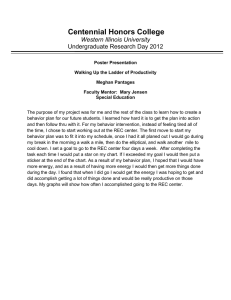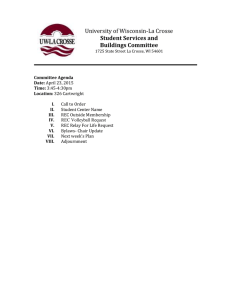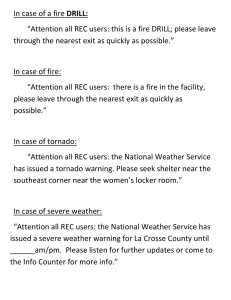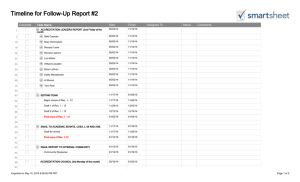CREATEMAP.DOC
advertisement
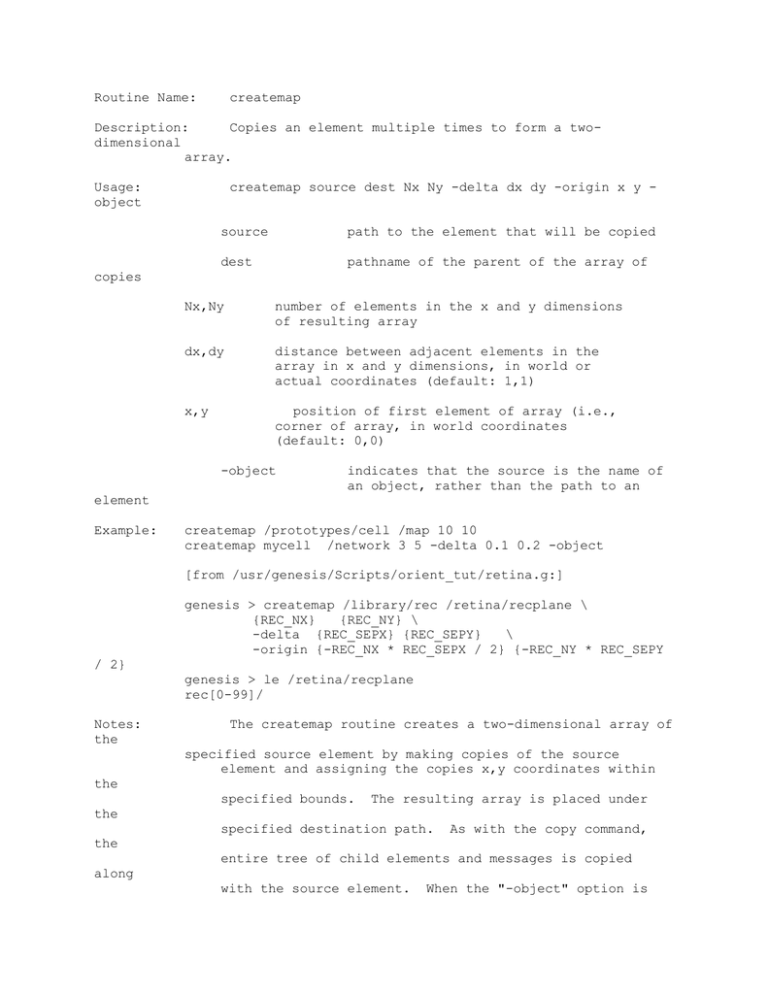
Routine Name:
createmap
Description:
Copies an element multiple times to form a twodimensional
array.
Usage:
object
createmap source dest Nx Ny -delta dx dy -origin x y source
path to the element that will be copied
dest
pathname of the parent of the array of
copies
Nx,Ny
number of elements in the x and y dimensions
of resulting array
dx,dy
distance between adjacent elements in the
array in x and y dimensions, in world or
actual coordinates (default: 1,1)
x,y
position of first element of array (i.e.,
corner of array, in world coordinates
(default: 0,0)
-object
indicates that the source is the name of
an object, rather than the path to an
element
Example:
createmap /prototypes/cell /map 10 10
createmap mycell /network 3 5 -delta 0.1 0.2 -object
[from /usr/genesis/Scripts/orient_tut/retina.g:]
genesis > createmap /library/rec /retina/recplane \
{REC_NX}
{REC_NY} \
-delta {REC_SEPX} {REC_SEPY}
\
-origin {-REC_NX * REC_SEPX / 2} {-REC_NY * REC_SEPY
/ 2}
genesis > le /retina/recplane
rec[0-99]/
Notes:
the
The createmap routine creates a two-dimensional array of
specified source element by making copies of the source
element and assigning the copies x,y coordinates within
the
specified bounds.
The resulting array is placed under
the
specified destination path.
As with the copy command,
the
entire tree of child elements and messages is copied
along
with the source element.
When the "-object" option is
used, the source is the name of a GENESIS object, instead
of
the path to an element tree. This is most useful when a
prototype cell is created as an extended object composed
from
a combination of basic objects with added fields and
default
values.
The resulting array coordinates can be used by routines such
as planarconnect, planarweight, and planardelay to assign
connections, synaptic weights and propagation delays for
simulation-oriented elements. The coordinates can also be
used to display the cells in a draw widget.
See also:
copy, planarconnect, planarweight, planardelay, Extended
